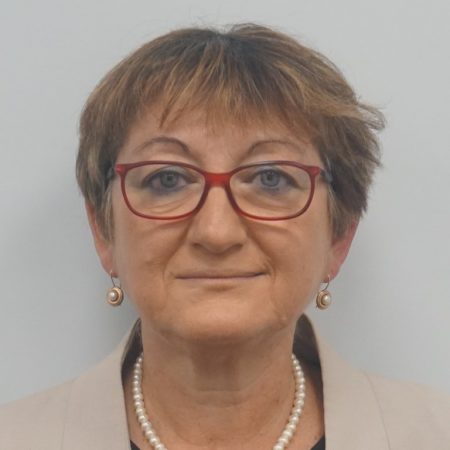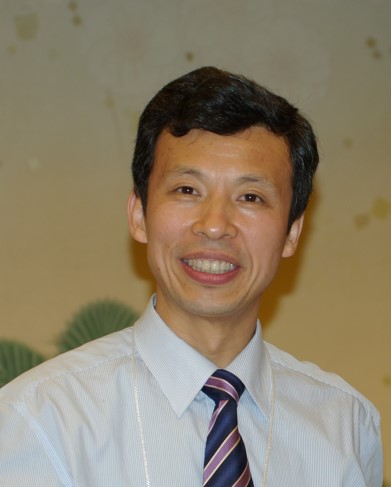ניהול מחקר יצירתי
פרופ’ עודד שוסיוב, המכון למדעי הצמח והגנטיקה בפקולטה לחקלאות ובמרכז הננו טכנולוגיה של האוניברסיטה העברית

פרופ’ עודד שוסיוב
The Plant Age; Materials for the future
Prof. Oded Shoseyov, The Hebrew University of Jerusalem
Bringing together the toughness of cellulose nano-fibers from the plant kingdom, the remarkable elasticity and resilience of resilin that enables flees to jump as high as 100 times their height from the insect kingdom combined with Human Recombinant Type I collagen produced in tobacco plants; These are the materials of the future; Nature’s Gift. Resilin is a polymeric rubber-like protein secreted by insects to specialized cuticle regions, in areas where high resilience and low stiffness are required. Plant cell walls also present durable composite structures made of cellulose, other polysaccharides, and structural proteins. Plant cell wall composite exhibit extraordinary strength exemplified by their ability to carry the huge mass of some forest trees. Inspired by the remarkable mechanical properties of insect cuticle and plant cell walls we have developed novel composite materials of resilin and Crystalline Nano-Cellulose (resiline-CNC) that display remarkable mechanical properties combining strength and elasticity. As a central element of the extracellular matrix, collagen is intimately involved in tissue development, remodeling, and repair and confers high tensile strength to tissues. Numerous medical applications, particularly, wound healing, cell therapy, and bone reconstruction, rely on its supportive and healing qualities. Its synthesis and assembly require a multitude of genes and post-translational modifications. Historically, collagen was always extracted from animal and human cadaver sources, but bare risk of contamination and allergenicity and was subjected to harsh purification conditions resulting in irreversible modifications impeding its biofunctionality. A tobacco plant expression platform has been recruited to effectively express human collagen, along with three modifying enzymes, critical to collagen maturation. The plant extracted recombinant human collagen type I forms thermally stable helical structures, fibrillates, and demonstrates bioactivity resembling that of native collagen. Today in greenhouses all over Israel farmers grow transgenic tobacco plants producing human recombinant collagen that is used for the production of medical implants that have already in clinical use. Combining collagen at the nano-scale with resilin to produce fibers resulted in super-performing fibers with mechanical properties which exceed that of natural fibers. We will demonstrate utility of hrCollagen, Cellulose Nano Crystals and resilin using Additive Manufacturing technologies ranging from micron to submicron resolution using 2-photon printing technology.
פיתוח ההון האנושי לתעשייה - קשרי גומלין אקדמיה תעשייה
פרופ’ רוזה אזהרי, עזריאלי-מכללה אקדמית להנדסה ירושלים

פרופ’ רוזה אזהרי
ההתפתחויות הטכנולוגיות המהירות, הגלובליזציה והדרישות המשתנות של שוק העבודה, מחייבות שינוי בשיטות ההכשרה של מהנדסים ועדכון מתמשך של מהנדסים שכבר משולבים ועובדים בתעשייה. בשנים האחרונות מתבצעת חשיבה ארצית ובינלאומית על דמות הבוגר בלימודי הנדסה, על הכלים המקצועיים ועל הכישורים החיוניים שיש להעניק לו. בכל התהליך בולטת החשיבות של קשרי הגומלין בין התעשייה והאקדמיה בגיבוש תכניות הלימודים, בחשיפה של הסטודנטים להתנסות בתעשייה ובהענות של האקדמיה לצרכי העדכון וההכשרה של מהנדסים במהלך חייהם המקצועיים. נושא הלימוד לאורך החיים – Life Long Learning, הינו אחד הנושאים המרכזיים שדרכם האקדמיה יכולה לתרום לעמידה בדרישות כח האדם הדרוש לתעשייה בכלל ותעשיית ההי-טק בפרט בעשור הקרוב.
Academia-Industry collaborations to facilitate industry-focused engineering education
Rosa Azhari, Azrieli College of Engineering, Jerusalem
The traditional ways of teaching engineering are challenged by issues arising from the rapid developments in technology, globalization and changing needs of industry. These changes also require engineers to adapt to second and third career pathways, as their original training becomes less relevant. Industry-Academia collaborations play an important role in the evaluation of curricula, determination of essential skills of graduates, and students’ internships in industry. Another aspect of such collaborations is developing academic level continuing education platforms for life-long learning, through which Academia can fill the need, of practicing professionals, for re-skilling or adaptation to new careers.
Perspective of Manufacturing for Industry and Academy: Atomic Scale Manufacturing

Fengzhou Fang
This plenary speech addresses the three paradigms of manufacturing advancement: Manufacturing I, craft-based manufacturing by hand, as in the Stone, Bronze and Iron Ages, in which manufacturing precision was at the millimeter or sub-millimeter scale; Manufacturing II, precision-controllable manufacturing using machinery whereby the scales of material removal, migration, and addition were reduced from millimeters to micrometers and even nanometers; and Manufacturing III, manufacturing objectives and processes are directly focused on atoms, spanning the macro- through the micro- to the nanoscale, whereby manufacturing is based on removal, migration, and addition at the atomic scale, namely, atomic and close-to-atomic scale manufacturing (ACSM). A typical characteristic of ACSM is that energy directly impacts the atom to be removed, migrated, and added. ACSM, as the next generation of manufacturing technology, will be employed to build atomic-scale features for required functions and performance with the capacity of mass production. It will be the leading development trend in manufacturing technology and will play a significant role in the manufacturing of high-end components and future products.
Freeform optics find wide applications in various fields, such as virtual reality, augmented reality, high precision imaging and illumination systems. While it provides better optical performance, systems with freeform optics can be more compact in volume, lighter in weight, less in elements number and more in design freedom. This speech will further discuss about the manufacturing and measurement methods for complex shapes or structures. Typical applications developed together with industrial partners will be presented. The research perspectives and the current application status of freeform optics will be outlined.
Keywords: Manufacturing III, Manufacturing paradigms, Manufacturing development, Atomic and close-to-atomic scale manufacturing, ACSM, Freeform optics




